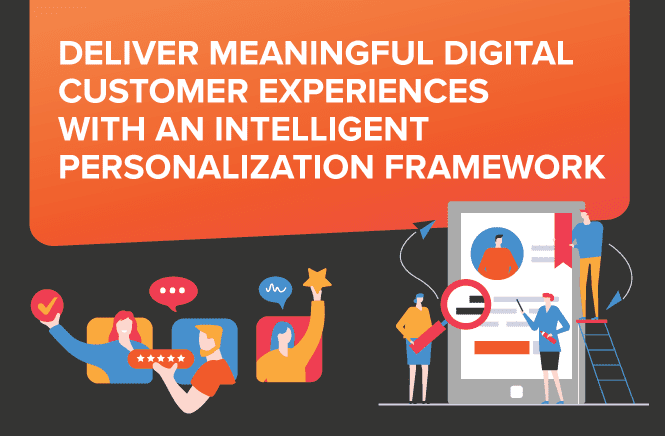Personalization is one of the greatest mechanisms to grow and retain telco customers. From interactions that keep them informed of their data usage, to cross-sell offers for 2-play and 3-play discounts and features, customers want personal, relevant experiences in real-time.
But delivering these is not just a matter of creating apps. Every company moves through stages of maturity that impact their ability to deliver true personalization.
We call it the Stages of Personalization. We developed our theory by analyzing 23 billion push notifications sent by Localytics customers in 2018, and let the data tell us just what personalization can do for marketing campaigns. We found that you can put a brand’s marketing into one of four progressively more sophisticated stages based on the methods used to personalize messages. The more sophisticated the stage, the better the message performance.
But, we also found that brands are all over the place when it comes to which stage they’re in. Not surprising since every company goes through digital transformation at different rates. Some telcos are already at an advanced stage, while others are just beginning to undergo true digital transformation. No matter your brand’s current sophistication, there are clear advantages to moving to the next stage.
For example, brands that moved from Stage 2 to Stage 3 saw a 68% higher click-through conversion rate.
Unlike what many assume, personalization is not a “either you do it or you don’t” thing. You can use various degrees of personalization, as we’ll see.
What makes up personalization? At Localytics, we define it as audience + message + timing.
So, what are the four Stages of Personalization?
- The Beginner Stage. In this stage, you’re sending the same broadcast message to all your customers, or large segments of them. This is when customers disable notifications or even uninstall your app. Broadcast messages turn into noise and irrelevant notifications that interrupt their digital experience. Broadcast messages typically perform poorly and have an average click-through rate of just 0.44%. To move to the next stage, abandon broadcast messages and use audiences for every message.
- The Intermediate Stage. Here you’ve realized the low value of broadcast messages and you start using Audiences for every message. Audiences tend to use only one type of data, for example, only Profile data or only Behavioral data. This narrows the message down to an audience who will find it more relevant. You’re segmenting customers now, but not just on demographic data. You’ll also start doing A/B testing to find out what resonates with audiences. To move to the next stage, you’ll start using multiple sources of data.
- The Advanced Stage. In this stage, you’ll either use a Combination methodology where you use both profile and behavioral data to create more compelling and individualized messages. Or, you’ll use a Profile + Dynamic Content methodology, where you primarily use profile data but augment it with dynamic content, which allows you to customize content of push notifications for each recipient. Dynamic content lets you use the recipient’s name and a detail about their account, for example, an unused credit they have. Companies in Stage 3 that use Profile + Dynamic Content increase conversion by 17%, while Combination methodology sees an increase of 31%. To move to the final stage, you’ll start using message timing, triggers to initiate engagement, and location-based messaging.
- The Expert Stage. Now you fully embrace Profile + Behavioral audiences and use dynamic content. You also use triggered and location-based messaging, and continue your A/B testing. All of these factors combine to create a powerful personalized experience that makes customers feel understood, valued, and served in real-time, when and where they need it. You can truly delight customers now by making offers that are individually relevant to them. For example, a telco customer may receive an offer to temporarily add bandwidth based on their favorite sports team’s upcoming game and may get this offer at a time when they are most likely to engage with your app.
Wherever you are in your Personalization journey, keep moving toward the next level. The majority of brands are in Stage 2 and 3. Every incremental move forward means an increase in conversion and improved loyalty in customers. With today’s telco market near saturation, delivering personalized experiences that drive retention is the best way to stay competitive and relevant.
Download our Stages of Personalization ebook for full details.


